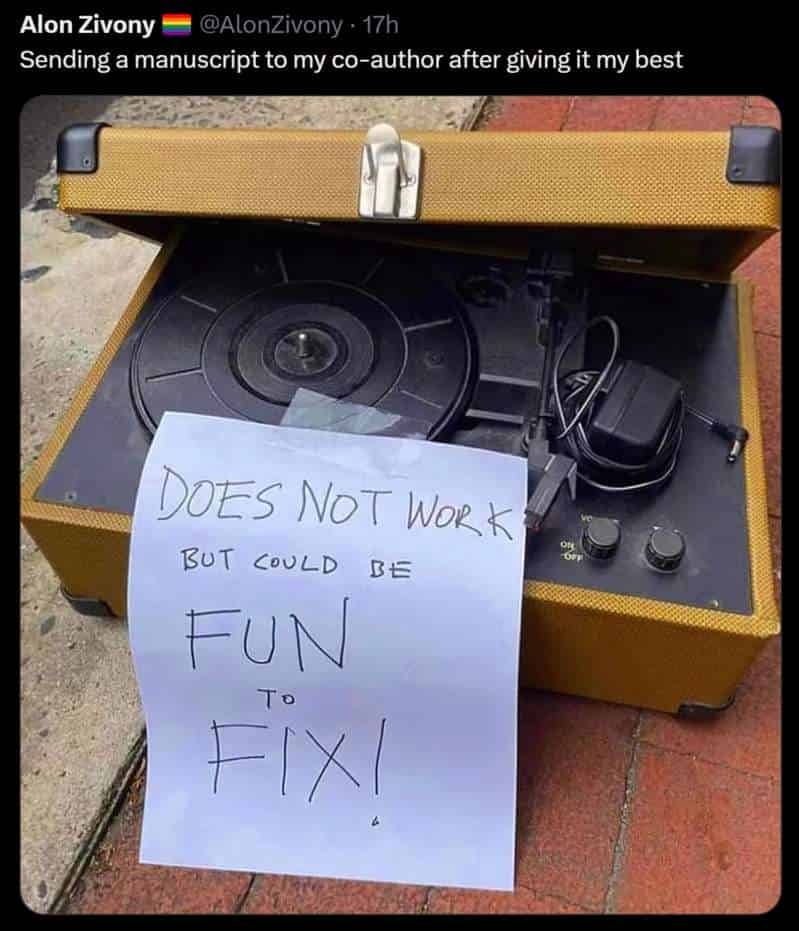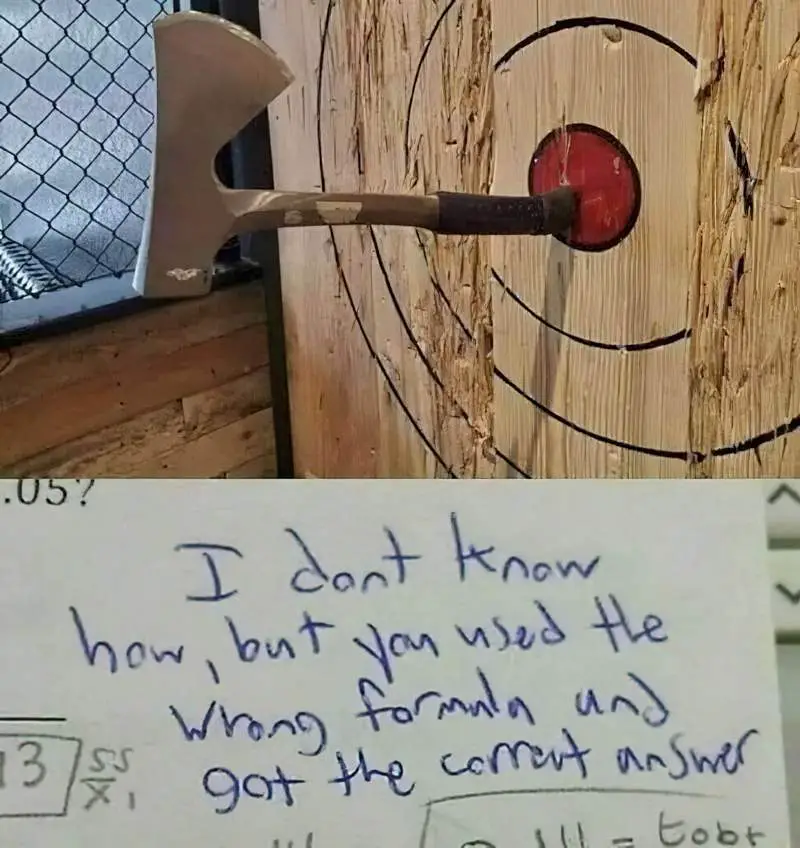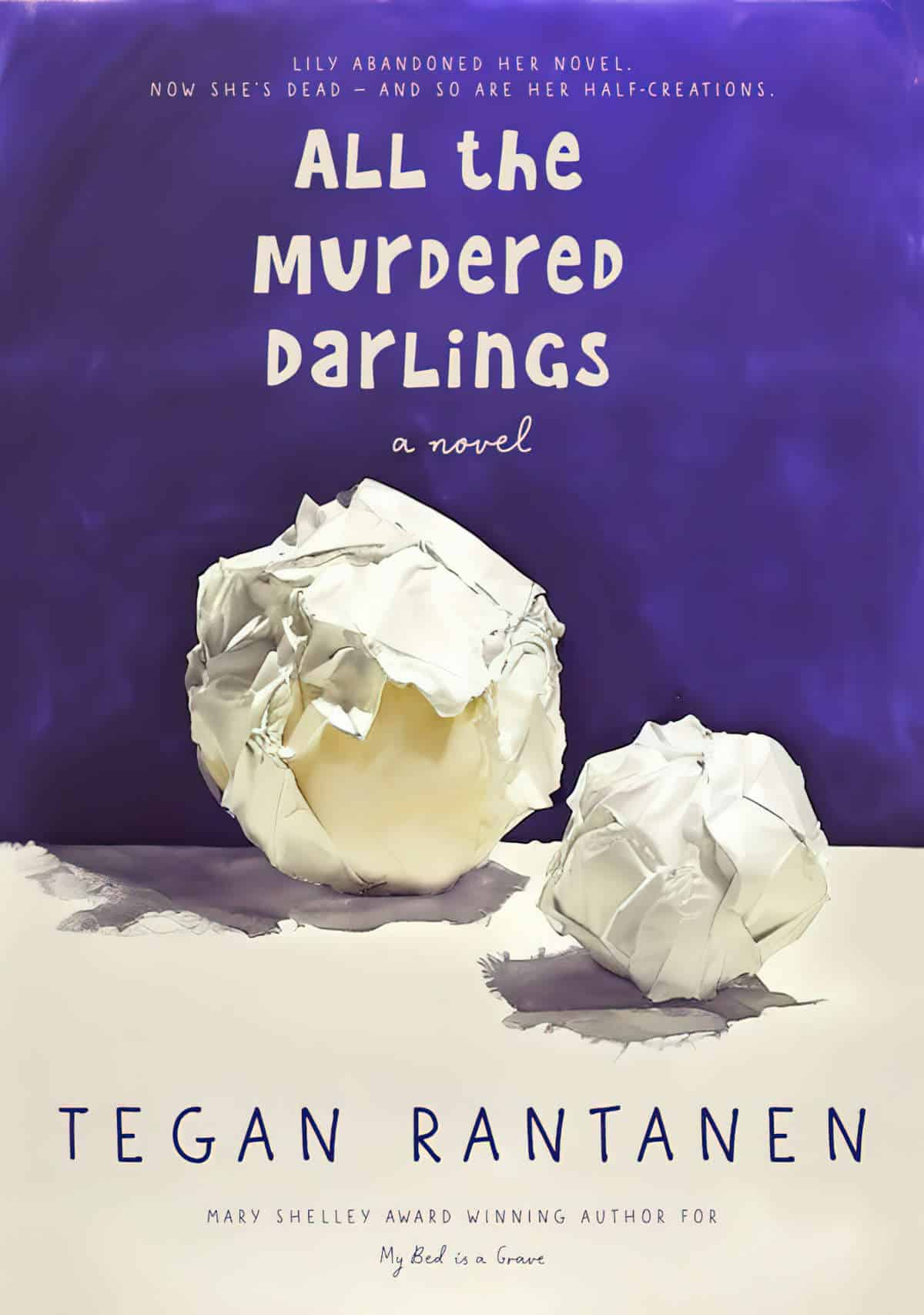How many drafts do fiction authors really write. Also: what counts as a draft?
I recently listened to the Page One podcast, episode 171: Dean Koontz on writing twists and why writing across genres keeps things interesting as an author.
In this interview, Dean Koontz also talks about his writing process which is interesting because Koontz’s way of writing goes against what many other authors do. It’s always worth sharing the words of an author when they go against the standard advice because it helps us all to feel better about our own process.

IS DEAN KOONTZ A PLOTTER OR A PANTSER?
In reality, this is a false binary. Even authors who outline end up modifying their outlines as they write because characters tend to take on a life of their own, and new, better ideas bubble to the surface in the author’s mind. That said, the trajectory seems to be this: Published authors often start out as pantsers, then eventually realise it’s far more time efficient to write an outline before they begin. This is partly because they get a sense of whether a story will work or not at a global level before wasting time fleshing out scenes for a story which simply doesn’t work.
Koontz used to plot back when he was writing highly formulaic genre fiction for the money, but ended up frustrated with the process. Publishers required that he hand in a detailed novel outline, they’d pay him half of the money and then the rest when he handed in the novel. But he found that when writing, he’d come up with better ideas than he’d had when initially outlining, and then when he handed in the novel, it was disappointing to discover that the publishers weren’t interested in the off-outline version. They wanted what they’d been promised. Dean Koontz considered the novel version better than the outline version because the process of writing tends to open things up. So anyway, he stopped writing outlines after that, even when he became so popular he was able to write what he wanted to write.
HOW MANY DRAFTS DOES DEAN KOONTZ WRITE?
More ‘common wisdom’: No author writes a good story first time. Authors share with aspiring authors how many drafts they wrote before they got published — ten, twenty, thirty… The number is most always harrowing.
Aspiring authors are also told frequently to avoid going back to rewrite scenes before finishing the first draft. This can be a helpful strategy especially for writers who have never managed to finish a lengthy manuscript, and when the reason is self-doubt stemming from perfectionism.
We might ask, what counts as a draft? Also, what if I like to start my writing session by rewriting what I wrote the day before?
In reality, many published authors don’t use the concept of draft numbers, instead working iteratively in a constant back and forth between editing what’s been written, and generating new content.
Dean Koontz is an extreme example of an author who works sequentially through a novel, perfecting every scene before moving onto the next. Because of this, he only writes one draft. To put it another way, he’s written thousands of drafts, each change so minor no one would count it as a separate entity.
Takeaway point: Every writer works differently. What works for some — or most — writers may not work for you.
“DRAFT” NUMBER IS AN OUTDATED CONCEPT
Scrivener is a popular writing software widely used by authors. I make use of the snapshot feature, as do many others. However, this feature is probably not as used as much as it could be, if more writers knew how useful it is.
My favourite feature on Scrivener, which has saved me so much self-doubt is the snapshot feature where you can a snapshot of the chapter. You can have four hundred snapshots, because you’ve changed one word. Or you change past tense to present tense. Or let’s take out the cathedral scene. Oh no, I like the cathedral scene. Put it back in. That has been lifesaving. Previously when I wrote in Word I’d have like 4 million drafts. “Ooh, I think I’m going to change this character’s motivation.” Then I’d have to back through my drafts to try and find things. It also allows me the confidence to carry on because I know it’s still there if I need to go back.
Ep. 172 of Page One podcast – Lauren Beukes returns to talk multiverses, why AI is bad for writers and tells us about the growing South African literary scene
Note that this feature comes from programming world, where ‘snapshot’ features have long been a vital part of the software which programmers use to write other programmes. Whereas previously, when writing entire novels in word processing programmes, authors might ‘sign off’ on a draft by duplicating the entire file and giving it a new number, the snapshot feature of dedicated novel writing software is so iterative that the very concept of a draft number is outdated.

DRAFTS, EDITING AND PERSONALITY
On the Page One podcast, Dean Koontz also shared that across his whole life he has always experienced large amounts of self-doubt. This hasn’t changed as his writing career flourished. Levels of inner confidence seem to be set in childhood. Perhaps years of therapy can change things, I don’t know, but in the spirit of getting sh!t done, the aim is to understand your own psychological weaknesses and write accordingly.
Experimentation is still in order. Say you have a problem finishing drafts because of self-doubt, you might go one of two ways:
- Follow advice to never ever look at what you wrote yesterday before moving the story forward;
- Succumb to your perfectionist streak and go full hog with it, making every scene perfect before moving onto the next.
There’s only one way to know what works for you, personally; experiment.

The book cover in the header is not a real book, but is a mock book cover generated using the assistance of AI. The font family is called Scandiebox.

